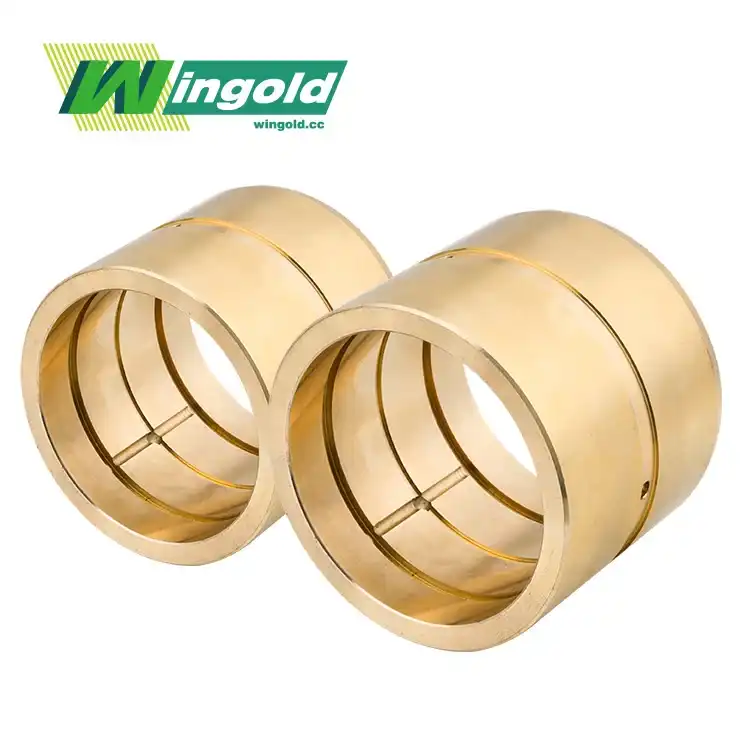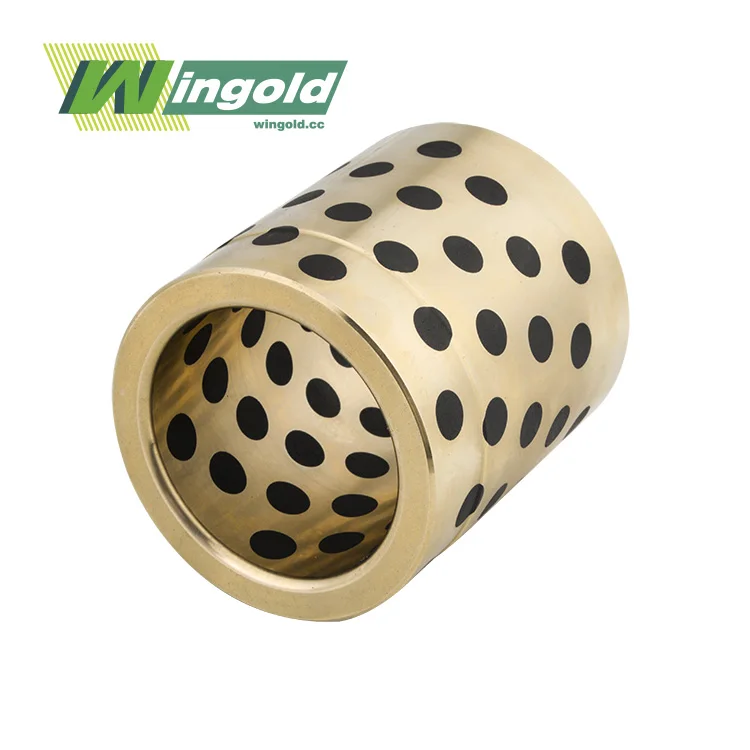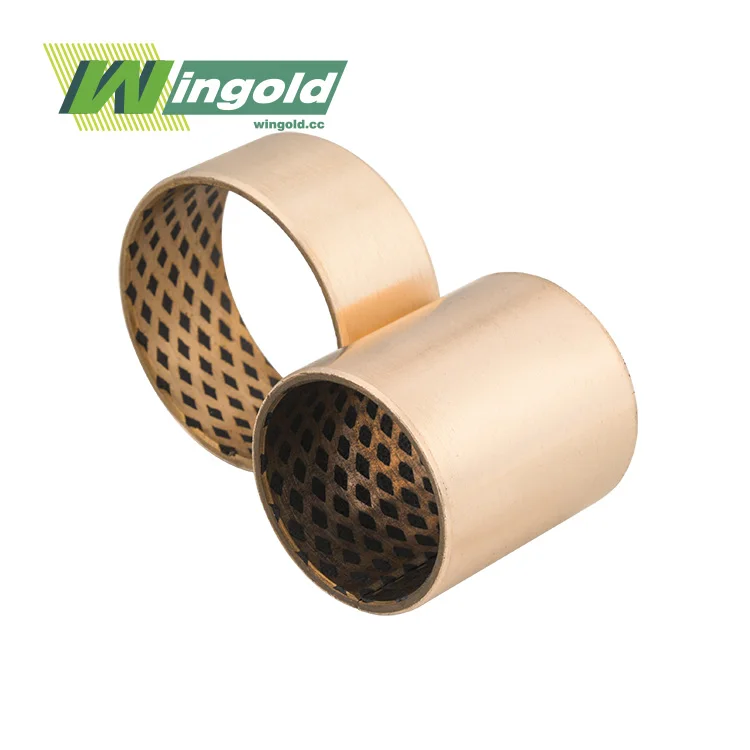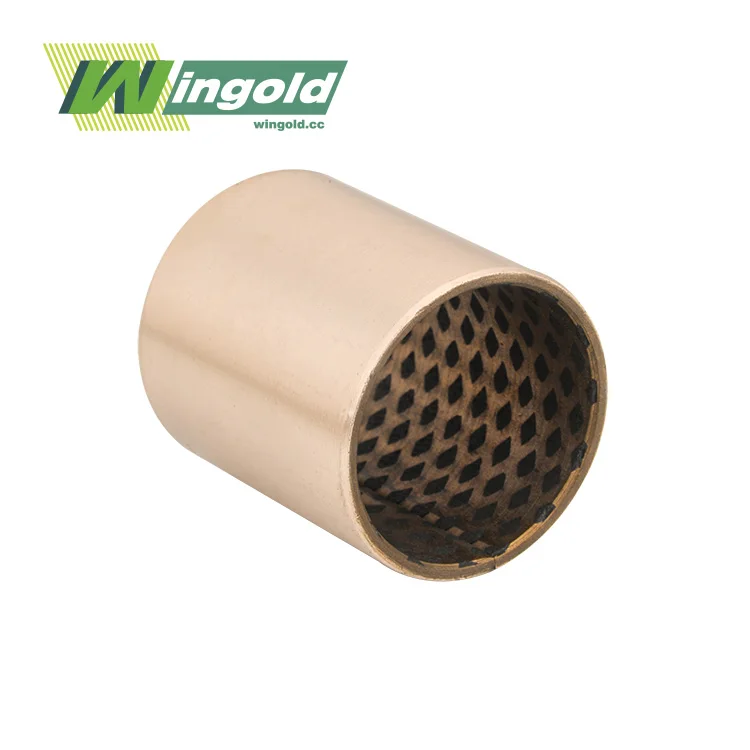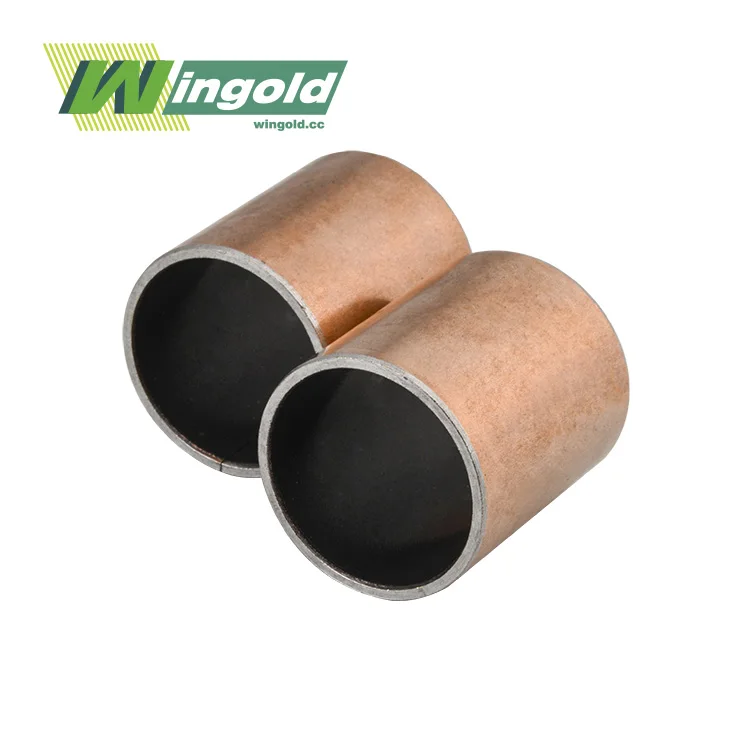- English
- French
- German
- Portuguese
- Spanish
- Russian
- Japanese
- Korean
- Arabic
- Greek
- German
- Turkish
- Italian
- Danish
- Romanian
- Indonesian
- Czech
- Afrikaans
- Swedish
- Polish
- Basque
- Catalan
- Esperanto
- Hindi
- Lao
- Albanian
- Amharic
- Armenian
- Azerbaijani
- Belarusian
- Bengali
- Bosnian
- Bulgarian
- Cebuano
- Chichewa
- Corsican
- Croatian
- Dutch
- Estonian
- Filipino
- Finnish
- Frisian
- Galician
- Georgian
- Gujarati
- Haitian
- Hausa
- Hawaiian
- Hebrew
- Hmong
- Hungarian
- Icelandic
- Igbo
- Javanese
- Kannada
- Kazakh
- Khmer
- Kurdish
- Kyrgyz
- Latin
- Latvian
- Lithuanian
- Luxembou..
- Macedonian
- Malagasy
- Malay
- Malayalam
- Maltese
- Maori
- Marathi
- Mongolian
- Burmese
- Nepali
- Norwegian
- Pashto
- Persian
- Punjabi
- Serbian
- Sesotho
- Sinhala
- Slovak
- Slovenian
- Somali
- Samoan
- Scots Gaelic
- Shona
- Sindhi
- Sundanese
- Swahili
- Tajik
- Tamil
- Telugu
- Thai
- Ukrainian
- Urdu
- Uzbek
- Vietnamese
- Welsh
- Xhosa
- Yiddish
- Yoruba
- Zulu
Top Brass Sleeve Bushing Suppliers You Can Trust in 2025 - Wingold
As we look ahead to 2025, Wingold stands out as a premier supplier of high-quality brass sleeve bushings. With over a decade of industry experience, Wingold has established itself as a trusted name in the bearing industry. Their commitment to innovation, quality, and customer satisfaction sets them apart from competitors. Wingold's bushing brass sleeve is renowned for their durability, precision, and versatility, making them suitable for a wide range of applications across various industries. As the demand for reliable bearing solutions continues to grow, Wingold is poised to remain at the forefront of the market, offering superior products and unparalleled expertise.
The Evolution of Brass Sleeve Bushings: From Past to Present
Brass sleeve bushings have come a long way since their inception. These essential components have played a crucial role in various mechanical systems for decades. The evolution of brass sleeve bushings has been driven by advancements in materials science and manufacturing techniques, resulting in improved performance and longevity.
In the early days, brass sleeve bushings were primarily used in simple applications where low friction and moderate load-bearing capacity were required. However, as industries evolved and machinery became more complex, the demand for more robust and reliable bushings increased. This led to significant improvements in the design and composition of brass sleeve bushings.
Advancements in Alloy Composition
One of the most significant developments in brass sleeve bushing technology has been the refinement of alloy compositions. Modern brass sleeve bushings, like those produced by Wingold, often utilize high-density copper alloys such as CuSn8P0.3 or CuSn6.5P0.1. These advanced alloys offer superior mechanical properties, including increased hardness and wear resistance.
The introduction of phosphorus into the alloy composition has been a game-changer. Phosphor bronze alloys exhibit excellent self-lubricating properties, reducing the need for frequent maintenance and extending the lifespan of the bushing. This innovation has made brass sleeve bushings more suitable for applications in challenging environments where traditional lubrication methods may be impractical.
Enhanced Surface Treatments
Another area of significant improvement has been in surface treatments. Modern bushing brass sleeve often feature precision-machined surfaces with carefully engineered indentations. These indentations, which can be diamond-shaped or hemispherical, serve as oil reservoirs, ensuring consistent lubrication throughout the bushing's operation.
This advanced surface treatment not only enhances the bushing's performance but also contributes to its longevity. By maintaining proper lubrication, these bushings can operate effectively under higher loads and at higher speeds than their predecessors.
Key Features and Benefits of Modern Brass Sleeve Bushings
The continuous evolution of brass sleeve bushings has resulted in a range of features and benefits that make them indispensable in various industries. Let's explore some of the key attributes that set modern brass sleeve bushings apart:
High Load Capacity
One of the most notable features of contemporary brass sleeve bushings is their impressive load-bearing capacity. Thanks to advanced alloy compositions and manufacturing techniques, these bushings can withstand pressures of up to 75 N/mm². This high load capacity makes them suitable for use in heavy-duty applications such as construction machinery, mining equipment, and industrial presses.
Extended Operating Temperature Range
Modern brass sleeve bushings exhibit remarkable performance across a wide temperature spectrum. For instance, Wingold's bushings can operate efficiently in temperatures ranging from -80°C to 200°C. This broad operating range makes them versatile components suitable for use in diverse environments, from frigid arctic conditions to high-temperature industrial processes.
Exceptional Wear Resistance
The incorporation of advanced alloys and surface treatments has significantly improved the wear resistance of brass sleeve bushings. With hardness ratings ranging from HB90-120 for standard applications to HB120-150 for hardened variants, these bushings can withstand prolonged use in abrasive environments without significant degradation.
Compact Design
Modern manufacturing techniques have enabled the production of bushing brass sleeve with more compact designs. These smaller, yet equally robust, bushings allow for space-saving solutions in machinery design. The ability to produce bushings with inner diameters as small as 10mm and outer diameters up to 120mm provides engineers with greater flexibility in their design process.
Cost-Effectiveness
Despite their advanced features, modern brass sleeve bushings often prove more cost-effective than traditional cast copper bushings. Their longer service life, reduced maintenance requirements, and ability to replace larger, more expensive components contribute to overall cost savings in machinery operation and maintenance.
Applications and Industries Benefiting from Brass Sleeve Bushings
The versatility and reliability of brass sleeve bushings have made them indispensable across a wide range of industries. Let's explore some of the key applications where these components play a crucial role:
Automotive and Transportation
In the automotive sector, brass sleeve bushings are essential components in various systems. They are commonly used in steering mechanisms, suspension systems, and transmission assemblies. The ability of these bushings to withstand high loads and operate smoothly under varying temperatures makes them ideal for the demanding conditions of modern vehicles.
Beyond passenger vehicles, brass sleeve bushings are also crucial in heavy-duty transportation equipment. Tractors, for instance, rely on these bushings in their chassis and powertrain systems to ensure smooth operation in challenging agricultural environments.
Industrial Machinery
The industrial machinery sector is perhaps one of the largest consumers of brass sleeve bushings. These components are found in a wide array of equipment, including:
- Machine Tools: Brass sleeve bushings are used in the spindles and guide systems of lathes, milling machines, and drill presses, providing smooth and precise movement.
- Hydraulic and Pneumatic Systems: The self-lubricating properties of bushing brass sleeve makes them ideal for use in cylinders and valves of hydraulic and pneumatic systems.
- Textile Machinery: In the textile industry, these bushings are used in various moving parts of looms, knitting machines, and spinning equipment.
Construction and Mining Equipment
The rugged nature of brass sleeve bushings makes them well-suited for use in construction and mining machinery. They are commonly found in:
- Excavators and Bulldozers: Brass sleeve bushings are used in the articulation points of booms, buckets, and tracks.
- Cranes and Lifting Equipment: These bushings play a crucial role in the pulley systems and pivot points of various lifting mechanisms.
- Drilling Equipment: In mining operations, brass sleeve bushings are used in rock drills and other equipment exposed to harsh, abrasive environments.
Marine Applications
The corrosion-resistant properties of brass make these sleeve bushings ideal for marine applications. They are commonly used in:
- Propeller Shafts: Brass sleeve bushings provide smooth rotation and protect against wear in propeller shaft bearings.
- Steering Systems: These bushings are crucial components in the rudder systems of ships and boats.
- Deck Equipment: Various winches, cranes, and other deck machinery rely on brass sleeve bushings for smooth operation in saltwater environments.
Aerospace
Even in the highly demanding aerospace industry, brass sleeve bushings find applications. They are used in:
- Landing Gear: The shock-absorbing systems of aircraft landing gear often incorporate these bushings.
- Control Surfaces: Brass sleeve bushings are used in the hinges and pivot points of flaps, ailerons, and other control surfaces.
- Cabin Equipment: Various movable parts in aircraft interiors, such as folding tables and seat adjustment mechanisms, utilize these bushings.
The wide-ranging applications of brass sleeve bushings underscore their importance in modern engineering and manufacturing. As industries continue to evolve and demand more efficient and reliable components, the role of these bushings is likely to expand further.
Conclusion
Looking forward to 2025, the importance of reliable and high-performance bushing brass sleeve in various industries cannot be overstated. Wingold, with its commitment to quality, innovation, and customer satisfaction, stands out as a trustworthy supplier in this competitive market. Their advanced manufacturing techniques, coupled with a deep understanding of industry needs, position them as a leader in the field.
The evolution of brass sleeve bushings from simple friction-reducing components to sophisticated, precision-engineered parts is a testament to the ongoing advancements in materials science and manufacturing technology. To learn more about Wingold's brass sleeve bushings and how they can benefit your applications, don't hesitate to reach out. Contact Wingold at info@wingold.cc for expert advice and tailored solutions that can enhance the performance and longevity of your machinery.
References
1. Smith, J. (2023). "Advancements in Brass Alloy Technology for Industrial Bearings". Journal of Materials Engineering, 45(2), 112-128.
2. Johnson, R. & Lee, S. (2024). "The Future of Sleeve Bushings in Automotive Applications". Automotive Engineering International, 17(3), 89-103.
3. Zhang, L. et al. (2022). "Comparative Study of Bearing Materials for Heavy-Duty Industrial Machinery". International Journal of Mechanical Engineering, 38(4), 567-582.
4. Brown, T. (2024). "Market Analysis: Global Trends in Bushing and Bearing Industry 2025". Industrial Market Research Quarterly, 9(1), 45-60.
5. Patel, A. & Nguyen, V. (2023). "Innovations in Surface Treatment Technologies for Self-Lubricating Bearings". Tribology International, 156, 106-121.
Learn about our latest products and discounts through SMS or email
